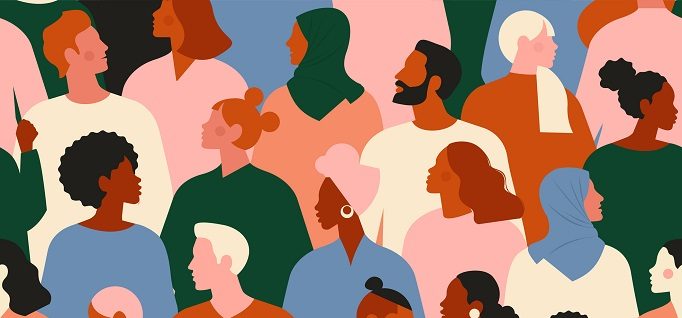Bridging the workforce equity gap
By Douglas J. Guth
November 24, 2020
A California college gets creative in drawing underserved students into job training programs.
In San Diego, young people have been profoundly tested by pandemic-fueled equity issues, notes San Diego City College (SDCC) President Ricky Shabazz. California hotel, restaurant and tourism workers—mostly younger and more ethnically diverse than the general labor force—have faced the brunt of recent layoffs, he says. Improving a bleak labor picture requires advocating for a qualified, diverse workforce emerging from the Golden State’s 116 community colleges, Shabazz says. Roughly 7 out of every 10 Black and Latinx learners in California begin their postsecondary education at the two-year level, according to a report from the Campaign for College Opportunity.
“Access is great in that we serve 100% of students, but those students come with real challenges,” says Shabazz. “They might be first-generation or formerly incarcerated. We serve the community at large, and with that comes a need to focus on equity in every sense of the word.”
Shabazz laments the lack of funding for full-time equivalent students attending California’s community colleges, a figure that hovers around $8,600 per FTE. Compounding the issue at SDCC is job loss among enrollees, many of whom worked in hotels, convention centers and other service positions prior to the pandemic. Liability concerns temporarily halted a cosmetology program as well, reflecting a wider issue within a hands-on industry hit hard by COVID-19. Younger Black and Latinx workers are also less likely to have occupations that allow them to work from home.
Creative programming and outreach is key to attracting and retaining minority students, observes Shabazz. A pilot partnership with the Department of Defense’s Naval Information Warfare Systems Command (NAVWAR) is offering students civilian work around computer science, engineering and other technical competencies. The program’s first iteration drew 30 candidates, many of them women or men of color. Twenty students went into pre-engineering apprenticeships paying $20-$30 hourly, garnering real-world experience for a potentially lucrative career.
Recognizing the “digital divide” among remotely learning undocumented Dreamers, San Diego City lobbied for $30,000 in foundation funding to distribute laptops to this population. Shabazz says COVID-19 has brought out a generosity among organizations he hasn’t seen in his 20-year career, in terms of giving learners vital access to hardware and Wi-Fi hotspots.
The college’s outreach team is harnessing technology to contact underserved students, posting on social media feeds like the 35,000-member Black San Diego Facebook group. While the institution has always engaged the public through online channels, the pandemic is bringing an urgency to the effort, Shabazz says.
SDCC launched a Black Excellence Career Fair pre-pandemic to entice what officials identified as disengaged youth aged 18-24. Meanwhile, college-organized recruitment events connected Black and Brown youth to industries that don’t normally hire from this demographic.
“We’re advocating for industries to create paid internships, because many people of color can’t afford to be in unpaid internships,” says Shabazz. “There’s a call to action now for employers who want diversity in their workforce because of the
huge civil rights movement going on right now.”
This is an excerpt from an article in the upcoming December/January issue of Community College Journal, which will reach your inbox soon!



